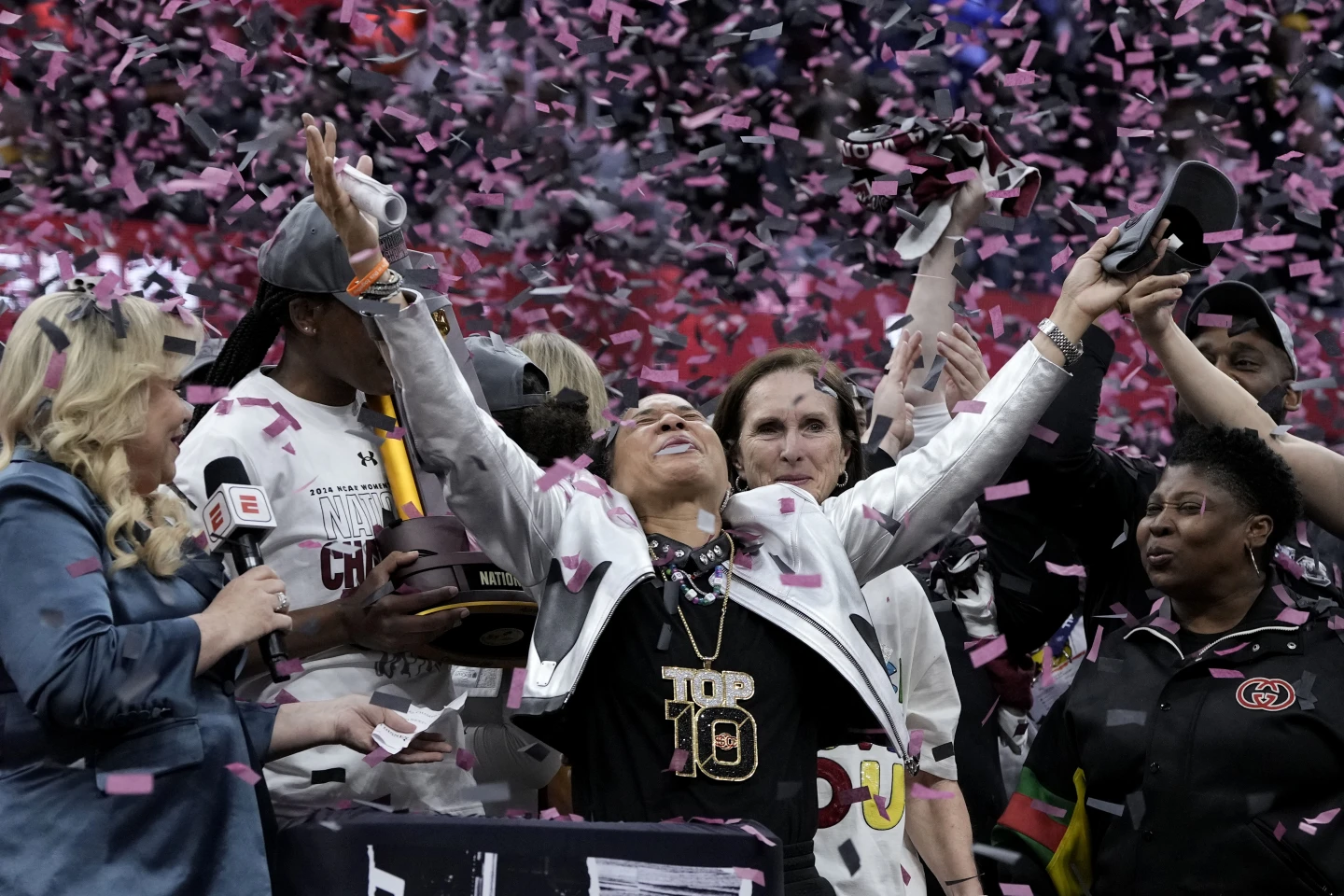In a groundbreaking moment for women’s sports, the Women’s NCAA Championship Game achieved two remarkable milestones. Not only did it captivate a larger television audience than the men’s title game, but it also secured its place as the second most-watched non-Olympic women’s sporting event on U.S. television.
On that Sunday afternoon, undefeated South Carolina clashed with Iowa, led by superstar Caitlin Clark. The stakes were high—the Gamecocks aimed to secure their fourth national title, while the Hawkeyes sought their first.
The women’s NCAA championship game averaged an impressive 18.9 million viewers across ABC and ESPN. Meanwhile, on Monday night, UConn emerged victorious over Purdue in the men’s final, drawing an audience of 14.82 million on TBS and TNT. For the first time, the women’s title game outshone its male counterpart.
A Peak Moment for Women’s NCAA
As the final 15 minutes unfolded, the audience peaked at an astonishing 24.1 million viewers. To put this in perspective, the 2015 FIFA Women’s World Cup final between the U.S. and Japan averaged 25.4 million on Fox. The timing, a Sunday evening in prime time on the East Coast, contributed to this historic achievement.
Women’s NCAA college basketball is experiencing growth across various dimensions—attendance records, viewership, and social media engagement during March Madness. The product is compelling, and the increased exposure is well-deserved. While Iowa played a significant role, the rising tide lifts all boats. Fans are tuning in, and the impact is palpable.
As Caitlin Clark’s college career concludes, her influence on the game remains. The numbers validate this impact. The women’s tourney has it all: stars, upsets, and an undefeated champion. And this is just the beginning.
In the evolving landscape of women’s sports, the women’s NCAA title game stands tall—a beacon of excellence and a testament to the power of the game.
Read More- Bill Murray: A Proud UConn Fan and the Ultimate March Madness Cheerleader

